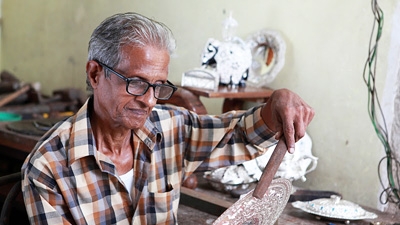About the report:
The report examines some of the economic implications of Sri Lanka’s demographic transition, focusing on employment and productivity related issues on one side; and the performance of cash transfer programs to assist the poor and vulnerable groups on the other. It highlights the findings of a series of technical studies jointly prepared by Sri Lankan academics and World Bank staff, covering demographic change, National Transfer Accounts, labor markets and cash transfer programs.
Key Messages:
Sri Lanka is experiencing a demographic transition, with a steadily aging population, which will peak by 2041.
Sri Lanka stands out as one of the success stories of considerable advancements in human development in South Asia. Early investments in health and education have resulted in significant reductions in infant mortality rates, increases in life expectancy and decreased fertility rates. These achievements have influenced Sri Lanka’s demographic cycle. The population is projected to reach its peak of 21.9 million people in 2031 and start declining after 2046. By 2041, one out of every four persons is expected to be an elderly person, making Sri Lankans the oldest population in South Asia.
A large informal sector, high unemployment and low female employment rates are key labor market challenges.
At present, Sri Lanka is enjoying a demographic bonus with the share of the working age (15-64) population at 67%. However, a number of impediments prevent Sri Lanka from taking full advantage of this dividend. The report highlights three important policy challenges: a large informal sector, high unemployment, and low levels of female employment. Only 56% of the working age population is employed – driven by low labor force participation and high unemployment rates among women and youth.


